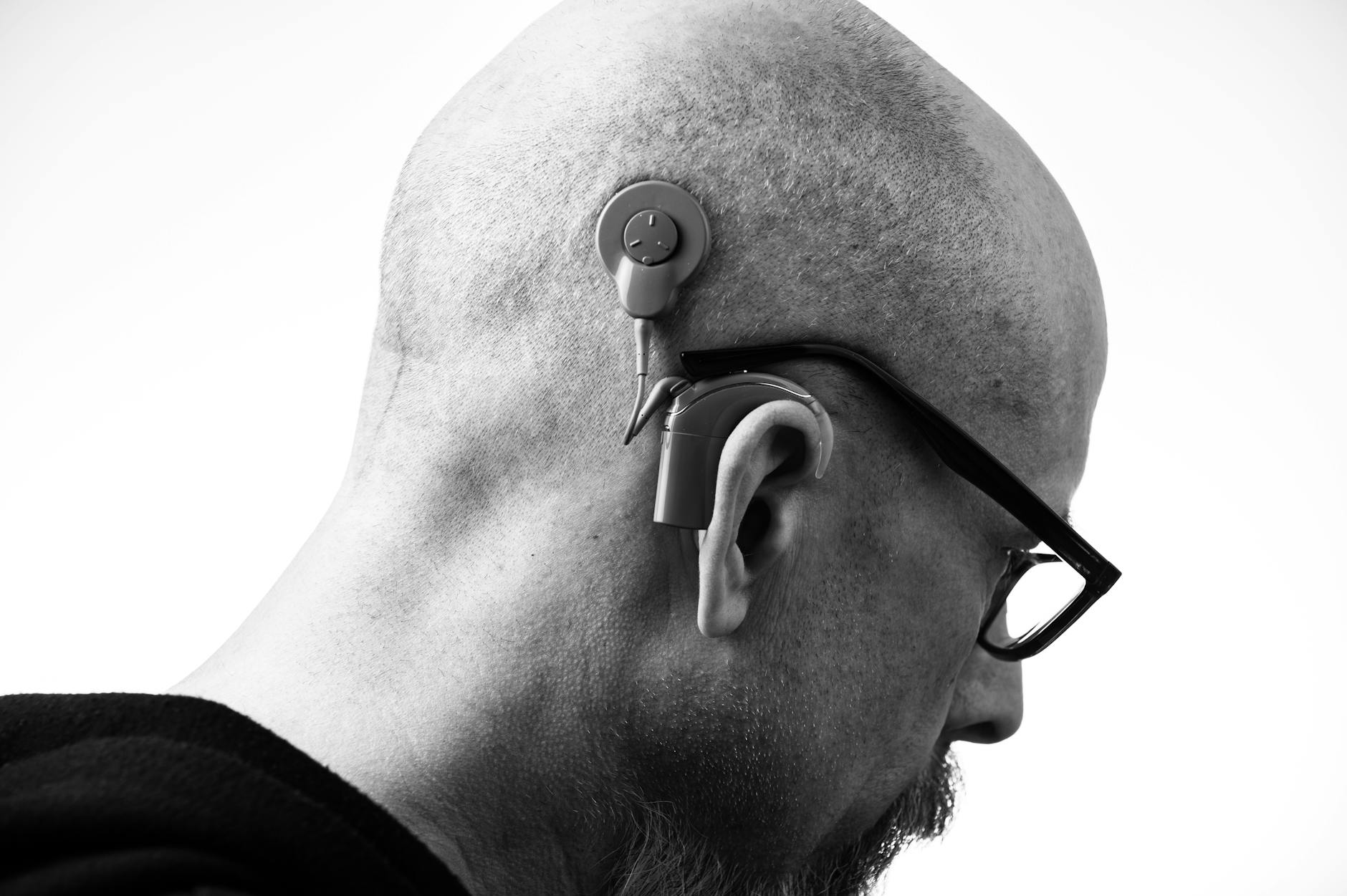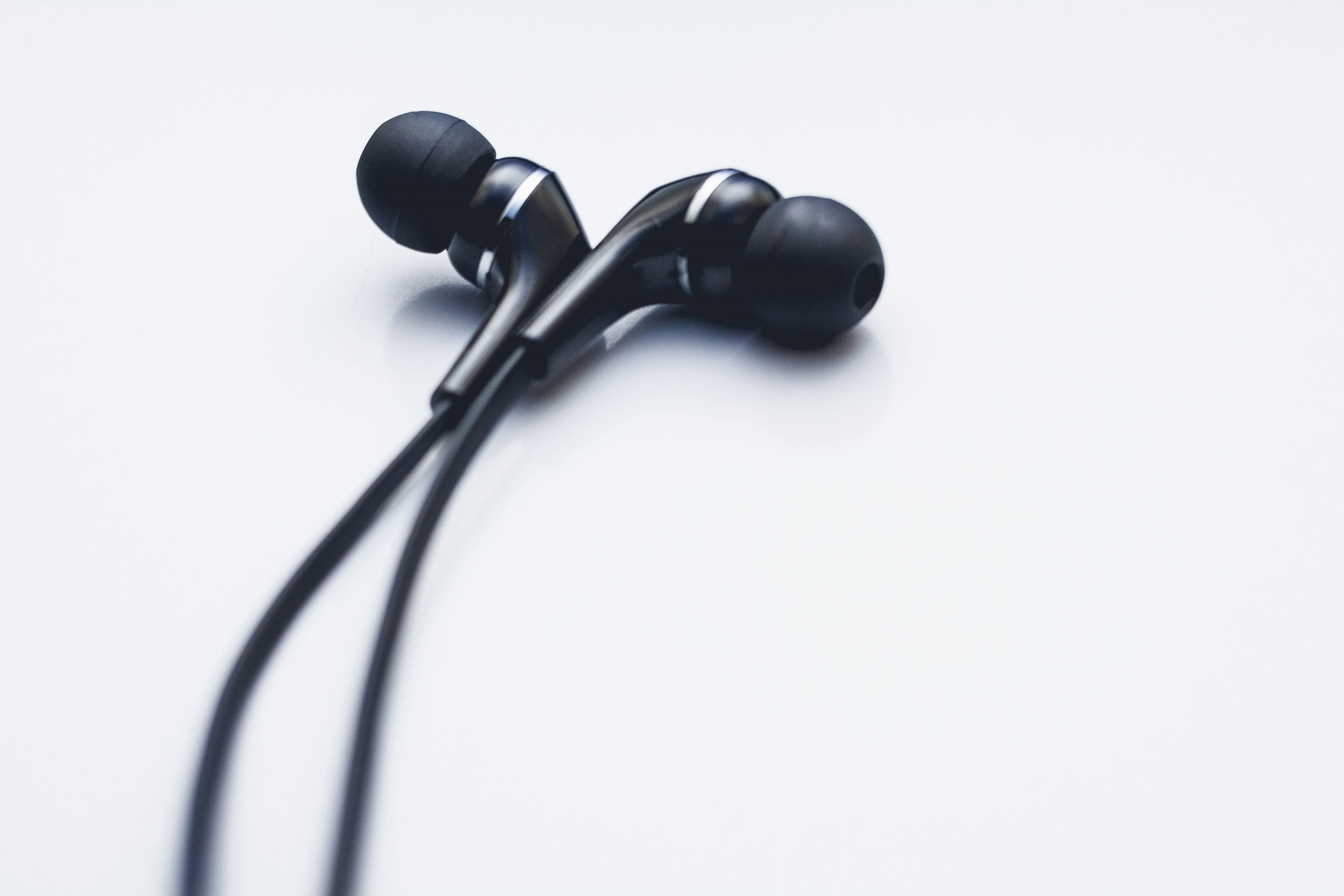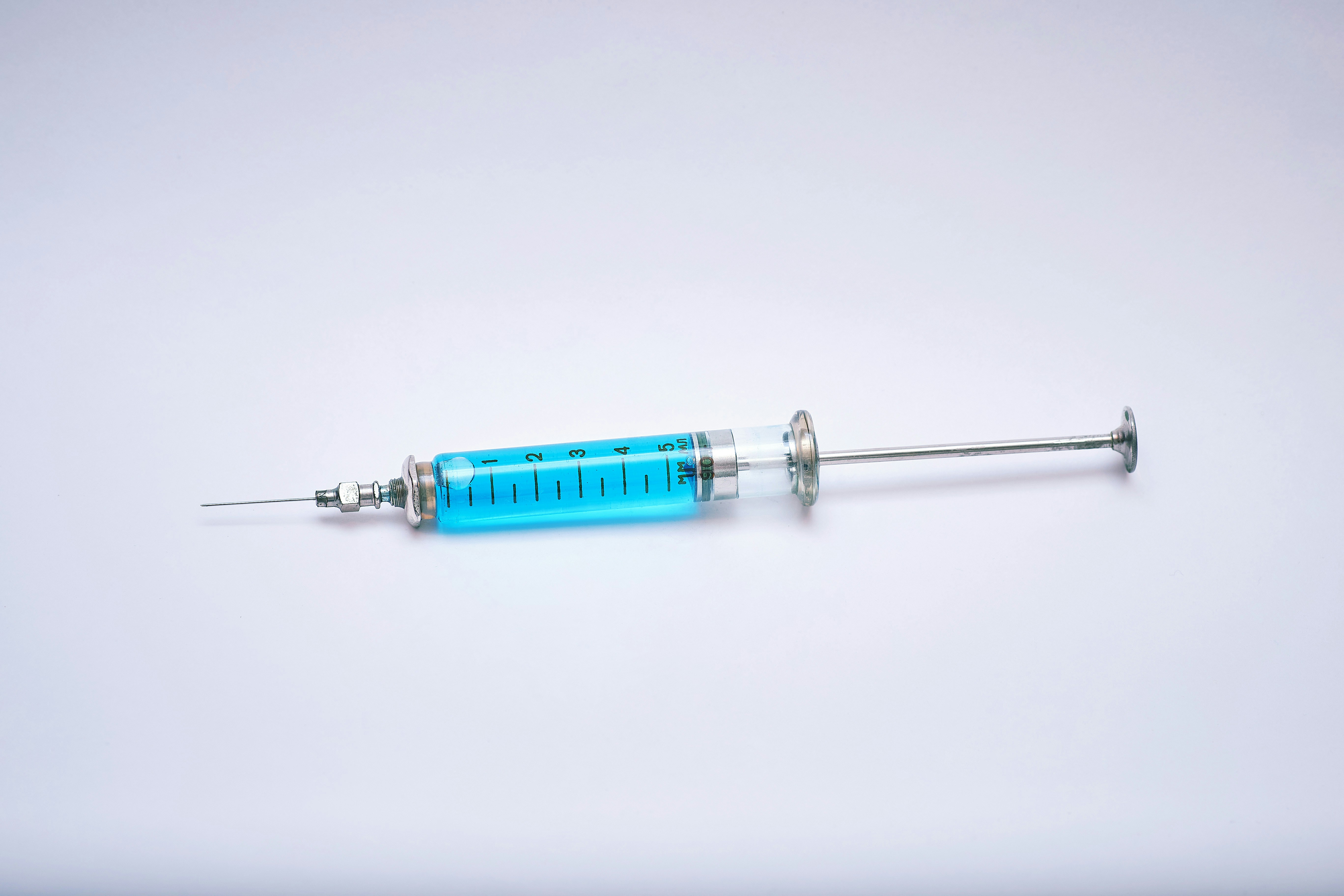Woke up with one ear suddenly muffled, ringing, or just not working right? Your brain says, “It’s probably wax,” but your inner voice whispers, “This feels different.” Trust that whisper. Sudden hearing loss is treatable—but the clock matters. Here’s your calm, clear, evidence-based plan for the first hours and the weeks that follow.
First things first: Is this an emergency?
Sudden hearing loss can be a medical urgency, especially if it’s sensorineural (inner ear) rather than a simple blockage. Classic clues include:
- A noticeable drop in hearing in one ear within hours to a couple of days
- A feeling of a clogged ear that won’t “pop” despite yawning or chewing
- New ringing (tinnitus) or sound distortion on that side
- Dizziness or imbalance (sometimes)
While only a clinician can determine the cause, guidelines recommend prompt evaluation—ideally within 24–72 hours. The faster you’re seen, the more treatment options remain on the table.
Gentle nudge: If this sounds like you, call an ENT clinic or audiologist now. Ask for an urgent hearing test for “sudden hearing loss.” Many practices hold same- or next-day slots for this exact situation.
Your 72-hour action plan
1) Get an urgent hearing test
Request a comprehensive audiogram and tympanometry. This differentiates sensorineural hearing loss (inner ear/nerve) from conductive causes (ear canal or middle ear). Bring a list of medications, recent illnesses, and noise exposures.
2) See the right clinicians quickly
- Audiologist: Performs hearing testing and helps triage.
- ENT (otolaryngologist): Confirms the diagnosis, rules out treatable causes, and discusses treatment options.
Tip: If the soonest ENT appointment is days away, still get an audiogram immediately and ask the clinic to share results with the ENT. Sometimes this speeds up access.
3) Avoid common detours
- Don’t wait to “see if it clears.” Delays can shrink your treatment window.
- Avoid self-treating with leftover antibiotics or decongestants unless a clinician advises it.
- Skip cotton swabs and home earwax kits for now—you could push wax deeper or irritate the ear if wax isn’t the cause.
What treatment can look like (and why timing matters)
When testing points to sudden sensorineural hearing loss (SSNHL), treatment often aims to reduce inner ear inflammation and improve oxygenation. The earlier this happens, the better the odds of meaningful recovery.
Steroids: The mainstay
High-dose corticosteroids—by mouth or placed directly through the eardrum (intratympanic injection)—are a first-line therapy in many cases. Timing is crucial, with the strongest evidence for starting within the first two weeks, ideally sooner.
- Systemic (oral) steroids: Convenient; reach both ears. Your clinician will decide if you’re a candidate and discuss risks like blood sugar changes, mood effects, or sleep disturbance.
- Intratympanic steroids: Delivered right to the inner ear via a tiny eardrum injection. Can be used as initial therapy or as a “salvage” option if oral steroids aren’t possible or didn’t help enough.
Good to ask your clinician: “Based on my audiogram and health history, which steroid route is best for me, and what is the treatment window?”
Hyperbaric oxygen therapy (HBOT): Sometimes added
Some centers offer HBOT, which bathes your body in high-pressure oxygen to boost inner ear oxygenation. It’s sometimes combined with steroids—especially within two weeks of onset or as salvage therapy in the first month. Availability varies by region, and your ENT can advise if you’re a candidate.
What about antivirals, antibiotics, or vasodilators?
Unless you have a clear infection or another specific diagnosis, these aren’t routinely recommended for SSNHL. Your ENT will tailor care to your situation and rule out conditions that need different treatment.
Testing: What to expect and why it matters
- Audiogram: Confirms the type and degree of hearing loss and tracks recovery.
- Tympanometry: Checks eardrum and middle-ear pressure—useful for separating conductive from sensorineural causes.
- Imaging (often MRI): May be recommended to rule out rare retrocochlear issues (for example, a benign tumor on the hearing nerve).
- Blood tests: Sometimes ordered based on your history; not always necessary.
These tests don’t just name the problem—they guide the right treatment at the right time.
When it’s not SSNHL: Treatable “sound blockers”
Sudden muffled hearing can also be conductive—sound can’t reach the inner ear. These are usually treatable quickly:
- Earwax impaction: A clinician can safely remove it with instruments or irrigation.
- Middle ear fluid or infection: Management varies; your ENT will advise the best plan.
- Eustachian tube dysfunction: Often follows a cold or allergies; strategies might include time, nasal treatments, or other options directed by your clinician.
The key difference: Conductive problems typically show an air–bone gap on the audiogram and abnormal tympanometry—clues your audiologist will spot.
Recovery: What’s realistic?
Recovery varies. Some people bounce back fully, some partially, and some need long-term support on the affected side. Keep your follow-up appointments—repeat hearing tests help you and your care team pivot quickly if you need additional treatment.
Encouraging note: Even when hearing doesn’t fully return, modern hearing solutions can restore clarity, reduce listening effort, and keep you socially connected.
Hearing solutions if hearing stays reduced
- Hearing aids: For partial recovery or ongoing loss, current devices excel at speech enhancement and noise reduction.
- CROS systems: If one ear hears poorly and the other is normal, a CROS device routes sound from the weaker side to the better ear.
- Bone-anchored solutions: Considered when traditional devices aren’t ideal; an ENT/audiologist team will guide candidacy.
- Tinnitus support: Sound therapy, hearing aids with tinnitus programs, and counseling can reduce the impact of ringing.
Pro tip: Ask your audiologist about a trial period. Many regions require or encourage a return window so you can test solutions in real life.
Protecting your ears going forward
- Be noise-smart: Concerts, power tools, and loud fitness classes can spike inner-ear stress. Use well-fitted earplugs or earmuffs and give your ears “quiet breaks.”
- Medication check: If you take medications known to be ototoxic (harmful to hearing), discuss risks and monitoring with your prescribers. Never stop a prescribed medication without medical advice.
- Cardiovascular health: Blood flow matters to the inner ear. Managing blood pressure, diabetes, and cholesterol is good for your ears and your heart.
- Follow-up hearing tests: After SSNHL, your care team may schedule re-tests to monitor changes and fine-tune rehabilitation.
Myth-busting, fast
- “It’s just congestion—I’ll wait it out.” Waiting can close your best treatment window. Get tested quickly.
- “If the MRI is normal, I’m fine.” A normal MRI is reassuring, but your hearing still needs care and monitoring.
- “If steroids don’t work immediately, they won’t work.” Some improvements show up over days to weeks. Your audiologist will track progress.
How to find help today
- Search for “ENT urgent sudden hearing loss” in your area and call. Mention the words “sudden hearing loss” to the scheduler.
- Contact a local audiology clinic for a same-day audiogram; ask them to coordinate with an ENT.
You don’t have to navigate this alone. A quick call could protect a lifetime of listening.
Key questions to bring to your visit
- Does my audiogram show sensorineural or conductive hearing loss?
- Am I a candidate for oral steroids, intratympanic steroids, or both? What’s the timing?
- Should I consider hyperbaric oxygen therapy here, and how soon?
- What’s our monitoring plan over the next 2–6 weeks?
- If my hearing doesn’t fully recover, which hearing solutions fit my lifestyle?
Remember: This article is general education, not medical advice. Your clinicians will tailor your care. If in doubt, be seen—sooner is better.
Frequently Asked Questions
How do I tell the difference between earwax and sudden sensorineural hearing loss?
Both can feel like a clogged ear. An audiogram and quick ear exam sort it out. Earwax causes conductive loss and is often fixed on the spot. SSNHL affects the inner ear, often with new tinnitus or distortion, and needs urgent treatment consideration. If you’re unsure, get tested within 24–72 hours.
How fast do I need treatment for sudden hearing loss?
As fast as you can reasonably manage. Many guidelines emphasize starting evaluation and treatment within the first two weeks, ideally within days. Early action keeps more options open, including steroids and, in some cases, hyperbaric oxygen therapy.
Are steroid treatments safe?
Steroids are widely used for SSNHL. Like all medications, they have potential side effects (for example, changes in blood sugar, sleep, or mood). Intratympanic injections concentrate medicine in the ear and may reduce systemic effects. Your ENT will review risks and help choose the safest effective option for you.
If my hearing doesn’t fully recover, what next?
Audiologists can fit solutions like hearing aids, CROS systems, or bone-anchored devices to restore access to sound and reduce listening effort. Many devices also include tinnitus features. Ask about trial periods and follow-up tuning to dial in comfort and clarity.
References
- NIDCD – Sudden Deafness (Sudden Sensorineural Hearing Loss)
- AAO-HNSF – Clinical Practice Guideline: Sudden Hearing Loss (Update)
- MedlinePlus (NIH) – Sudden Deafness
- Mayo Clinic – Hearing loss overview



